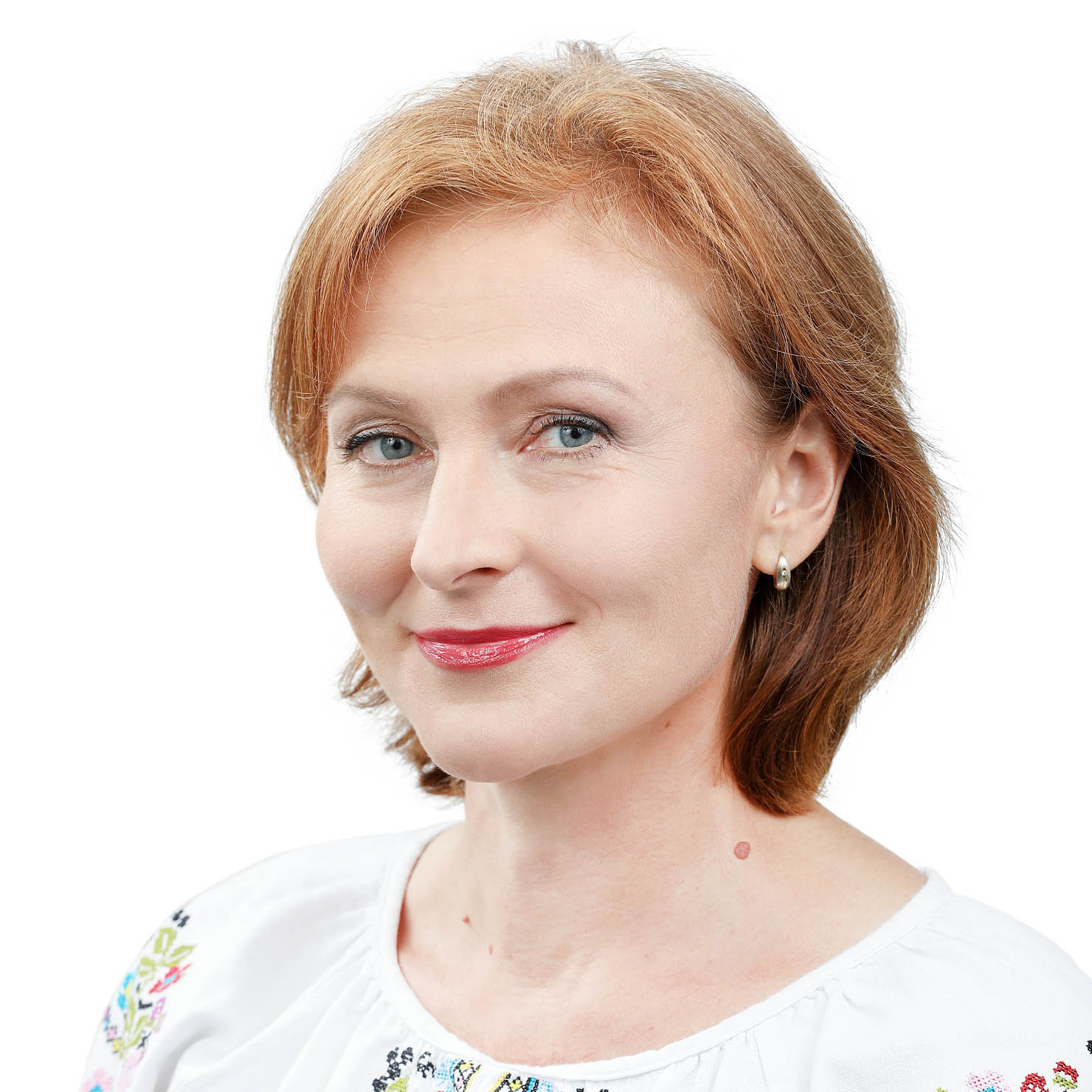The main symptoms of pulmonary edema in humans
Pulmonary edema is a life-threatening condition that requires urgent hospitalization and emergency care. The pathology is characterized by the accumulation of intercellular fluid inside the alveoli and in the lung tissue. The main symptoms of pulmonary edema in a person in the initial stage: weakness, tachycardia, increased sweating, dry paroxysmal cough that worsens when lying down. Depending on the course, the following types are distinguished: acute, subacute, fulminant and protracted edema.
The main reasons for the development of pathology:
- acute intoxication of the body;
- acute insufficiency of the left ventricle;
- chronic lung diseases;
- BODIES;
- severe craniocerebral injuries with convulsive activity;
- prolonged artificial lung ventilation;
- diseases accompanied by increased intracranial pressure.
The main causes of toxic pulmonary edema: inhalation of irritating or suffocating gases.
Classification of pathology
Cardiogenic, non-cardiogenic and mixed pulmonary edema are distinguished. Noncardiogenic edema is a condition not associated with heart disease. This term combines toxic, nephrogenic, allergic and other forms. Cardiogenic is a consequence of heart disease. Pre-medical care for pulmonary edema with heart failure will be discussed below.
Classification of pathology development:
- flash edema (develops very quickly and, as a rule, ends in the death of the patient);
- acute (develops within 4-6 hours and is a complication of a heart attack, severe head injuries and anaphylaxis);
- subacute (characterized by a wave-like increase in symptoms and is a complication of uremia or liver failure);
- prolonged edema (develops during the day, characteristic of chronic lung diseases).
Symptoms of pulmonary edema in children
Symptoms, as a rule, are pronounced and grow quite quickly. The child has chest pain that worsens when lying down. Breathing becomes jerky. An increased pulse rate and pallor of the skin are noted. As the symptoms increase, the skin turns blue, the child is covered in sweat. In some cases, signs of pulmonary edema in children appear gradually. At the first suspicion of the development of such a formidable pathology, an urgent consultation of a pediatrician is required.
Clinical manifestations in adults
The pathology does not always develop rapidly. In some cases, it is preceded by: weakness, dizziness, chest tightness, dry cough, headache and tachypnea. These symptoms can both appear a few minutes before the swelling, and increase over the course of several hours.
Primary manifestations: squeezing pain in the chest, increasing tachycardia, dry wheezing, turning into wet, rapid breathing.
Signs of progression of pathology:
- surface breathing;
- moist wheezing;
- earthy skin color;
- increasing suffocation;
- cold sweat;
- appearance of foamy sputum with a pink tint from the mouth.
On our website Dobrobut.com, you can learn more about pathology and, if necessary, make an appointment with a specialist. The doctor will answer questions and explain the difference between interstitial and alveolar pulmonary edema.
Diagnostic measures
Examination of the patient. During the examination, the doctor will detect the presence of dry (wet) wheezing, cyanosis of the face and blueness of the limbs, increased sweating, swelling of the veins on the neck, forced position of the patient.
Auscultation and percussion.
Instrumental and laboratory research methods: X-ray, echocardiography, ECG, blood biochemistry.
It is very important to distinguish edema from an attack of bronchial asthma.
Algorithm of actions for pulmonary edema
The future fate of the patient largely depends on the correct and timely pre-medical care.
Algorithm of actions for pulmonary edema:
- seat the patient and remove the foam;
- quiet the pain syndrome;
- give vasodilator drugs;
- apply venous tourniquets to the limbs.
In addition, it is necessary to monitor blood pressure, pulse rate and breathing.
Emergency care for acute pulmonary edema after the arrival of an ambulance - intravenous administration of promedol (morphine) and lasix. Dexamethasone may be used for bronchospasm. Mandatory measures: oxygen therapy and use of an electric suction device to prevent foam aspiration.
Inpatient treatment
Treatment of the pathology is carried out in hospital conditions and includes: oxygen therapy, the appointment of diuretics and cardiac glycosides, intravenous administration of albumin, heparin, atropine, euphilin. In some cases, hormones are prescribed. All appointments are individual and adjusted depending on the patient's condition.
The prognosis of treatment of cardiogenic pulmonary edema depends on the type of pathology, the degree of severity, the presence of concomitant diseases, as well as the quality of the medical care provided.
Consequences of pulmonary edema in the elderly, prevention
Given the severity of the disease, the prognosis in most cases is disappointing. Even if it was possible to eliminate the swelling in a timely manner, there is a high probability of ischemic damage to internal organs and the development of congestive pneumonia. With an unknown cause, there is a high probability of re-development of edema.
Consequences of pulmonary edema in the elderly - the development of pneumosclerosis. Such patients often fall into a coma.
The prevention of pathology consists in the early detection of diseases, the complication of which is swelling, and their effective treatment.
If you have any questions, please contact our medical center. Specialists will provide answers to all questions (including "why are the lungs swollen in a bedridden patient"), help determine the diagnosis and prescribe an effective course of treatment after receiving the examination results.
Related services:
Ambulance call 5288












